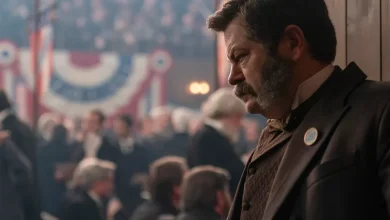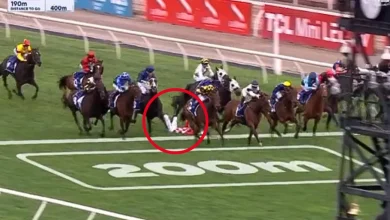The true meaning and grisly history of the ‘Penny for the Guy’ Bonfire Night tradition

The tradition might be on the decline but it’s still a rite of passage for many children.
Today Bonfire Night is about fireworks and treats, but it actually marks the execution of a political martyr.(Image: Getty Images)
As the wee ones across Scotland recover from a strenuous Halloween weekend of guising – you know, that one neighbour who insists on hearing every verse of your poem before begrudgingly handing over a few sweets – it’s nearly time to start rehearsing those Christmas carols once again.
However, there’s one tradition that’s been losing popularity in recent years – Penny for the Guy.
Looking back, gathering some old clothes or a pillow case, stuffing it to vaguely resemble a person and wheeling it around in a wheelbarrow or pram asking for people to give you money is quite an odd thing to do.
But come Bonfire Night, it was a rite of passage for many local bairns growing up across Scottish towns, reports Glasgow Live.
Although nowadays it’s mostly recognised as an opportunity to watch fireworks, munch on toffee apples, and keep an eye on your pets, Bonfire Night has a rather macabre history – after all, how many other festivities commemorate the execution of a political martyr?
In 1605, Guy Fawkes conspired to blow up the Houses of Parliament in a bid to assassinate King James I. He was part of a group aiming to reinstate the Catholic monarchy in Britain following decades of intolerance towards Catholics.
In 1605, Guy Fawkes and fellow plotters tried to blow up Parliament to kill King James I and restore Catholic rule(Image: Historica Graphica Collection/Heritage Images/Getty Images)
November 5 was chosen to coincide with the state opening of Parliament, after which the group planned to place James’ nine-year-old daughter Elizabeth on the throne.
The Gunpowder Plot was thwarted thanks to an anonymous letter, and on the night of November 4, Guy Fawkes was caught red-handed in the House of Lords with 36 barrels of gunpowder.
Had the explosives detonated as planned, the building would have been blown to smithereens with everyone inside dying instantly.
Fawkes and several fellow conspirators met their end at the gallows. To mark the prevention of this early terror attack, communities throughout Britain ignited bonfires.
Though it seems odd now, making a ‘Guy’ and asking for money was once a Bonfire Night tradition across Scotland.(Image: Wikimedia Commons)
The following year, the Observance of 5th November Act made yearly commemorations mandatory and firmly established the tradition.
However, whilst it began as a celebration of the nation being spared from a violent takeover, it quickly transformed into a rallying point for anti-Catholic hostility and tension.
The anti-Catholic character of the festivities was significantly softened during the 19th century, yet even today many folk still incinerate a ‘Guy’ atop the bonfire, although this tradition is certainly declining.
Requesting a ‘Penny for the Guy’ became a method of collecting funds for neighbourhood celebrations – an early version of community crowdfunding.
Paradoxically, Guy Fawkes wasn’t actually the ringleader of the scheme.
Robert Catesby was the architect of the conspiracy, yet it was Fawkes who became immortalised in history, both as the chief plotter and “the only man to enter Parliament with honest intentions”.




